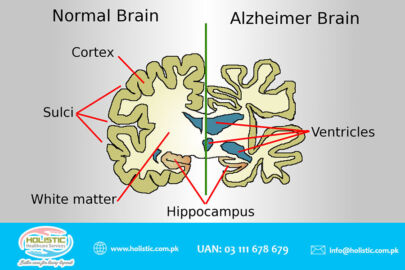Scleroderma is an autoimmune, rheumatic, and chronic disease that affects the body by hardening connective tissue. “Connective tissue” adds strength to organs and other parts of the body and is made of many kinds of proteins.
Symptoms of Scleroderma
- Hardened or thickened skin that looks shiny and smooth
- Cold fingers or toes that turn red, white, or blue
- Ulcers or sores on fingertips
- Small red spots on the face and chest
- Puffy or swollen or painful fingers and/or toes
- Painful or swollen joints
- Muscle weakness
One of The Major Signs of Scleroderma Is Raynaud Syndrome
Scleroderma results from an overproduction and accumulation of collagen in body tissues. Most likely, scleroderma is caused by a combination of factors, including immune system problems, genetics, and environmental triggers.
Scleroderma is classified as an autoimmune disease in which cells start making collagen as if there were an injury that needs repairing. The cells do not turn off as they should and end up making too much collagen. The extra collagen in the tissues can prevent the body’s organs from functioning normally.
While scleroderma can develop in every age group, the onset is most often between the ages of 25 and 55. Still, symptoms, onset age, and other factors vary for each patient. Many patients are alarmed when he or she reads medical information that contradicts their own experience.
Prognosis
Patients diagnosed with the advanced systemic disease have a prognosis of anywhere from three to 15 years or more, depending on the severity of the complications involving the lungs or another internal organ.
Scleroderma, also called Systemic Sclerosis or SSC is the most fatal of all rheumatologic diseases. Systemic scleroderma is very unpredictable although most cases can be classified into one of four different general patterns of disease.
End-stage lung disease, defined as pulmonary hypertension requiring continuous ambulatory iloprost, or pulmonary fibrosis, may require continuous oxygen, or death from a scleroderma related lung disease. In particular, those with normal pulmonary function at baseline are at very low risk.
Scleroderma is a chronic disease. This means that once it is initiated, it continues to be active over some extended period of time.The course of the disease, however, is highly variable and in some cases may rapidly go into complete remission.
A blood test alone cannot diagnose scleroderma. Depending on the clinical situation, additional tests may be done, such as Pulmonary function tests or breathing tests to measure how well the lungs are working. CT chest scans may also be ordered to evaluate the extent of lung involvement.
When left untreated, the low blood flow leads to tissue damage and kidney failure. This reversible problem was the leading cause of death in scleroderma before new treatment was discovered. Rarely does renal failure, secondary to scleroderma vascular disease occur in the absence of hypertension.
With systemic sclerosis, a distinction can be made between the limited and diffuse form based upon the extent of skin involvement. In the limited cutaneous systemic sclerosis, it can affect the whole body. Systemic sclerosis should not be confused with multiple sclerosis. There is no connection between the two diseases.
If you want to know more about how to manage this disease, you can contact the healthcare providers of Holistic Healthcare Services at UAN: 03 111 678 679
Some other autoimmune diseases you can read up about include Rheumatoid Arthritis and Parkinson’s Disease.





 Reach us on WhatsApp
Reach us on WhatsApp